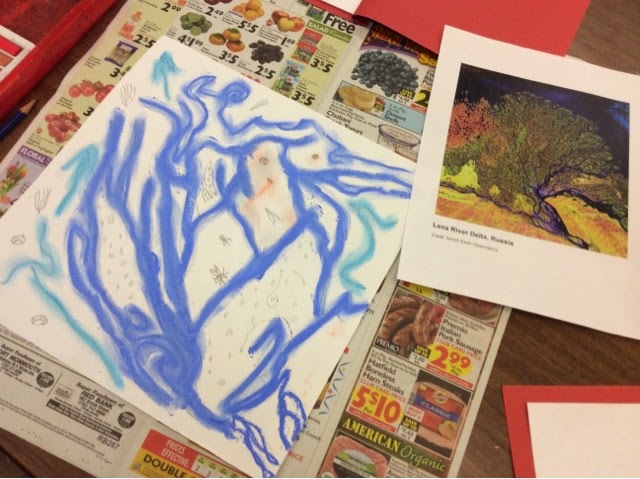The Snowy Day: Making connections and collages in Kindergarten

Mrs. Silverstein's Kindergarten class at Bayview worked on sequencing and making text-to-self connections using the beautifully illustrated, Caldecott award winning book The Snowy Day by Ezra Jack Keats. What a great opportunity for an integrated art and ELA project! Here is the brainstorming that Mrs. Silverstein's class worked on--after residing the story, students shared their own experiences, making text-to-self connections about how they spend a snow day. The students' experiences of how they spend a snow day are similar to Peter's snow day activities in the text, and many connections were made. The text-to-self connections are so vividly illustrated in the students' artwork. They used collage, painting, and stamping to try out the techniques used by the author/illustrator. There are snow angels, snowball fights, and snowmen being built, all beneath a colorful winter sky--wonderful visual expression of details based on what they read and their p...


